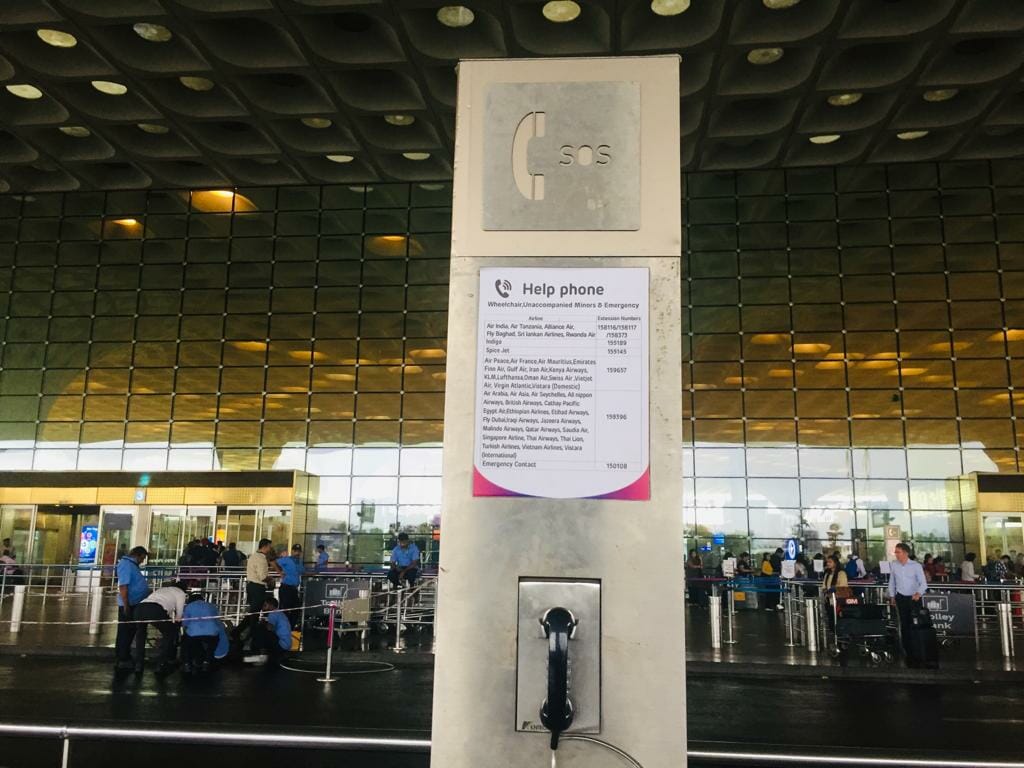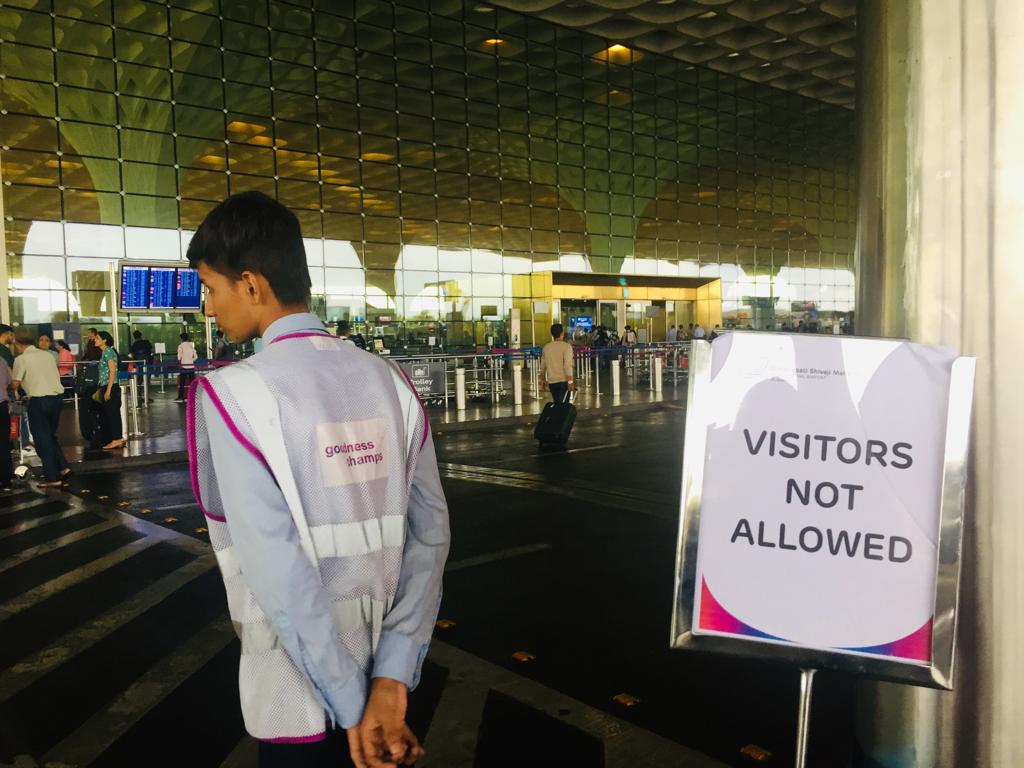Two years ago, a trip to their village turned tragic for the Shettys after they reached Kempegowda International Airport (KIA) at Bengaluru to board an IndiGo flight. Chandra Shetty, 60, collapsed to the floor soon after check-in. As he was lying unconscious, his wife and daughter sought help from the IndiGo ground staff to bring a wheelchair so that he could be rushed to a hospital, but they claimed that the airline staff failed to assist them in time and his condition deteriorated.
The family alleged that due to the airline’s negligence, the golden hour passed without medical attention. Chandra breathed his last when he was finally taken to the hospital 45 minutes later.
They registered police complaint but no action was taken. A year later they approached the consumer court and sued KIA and IndiGo airline for negligence. Last month, they won compensation of Rs 12.1 lakh for failure to provide a wheelchair and medical assistance in the golden hour.
In this regrettable incident, the Bengaluru airport faced criticism for its failure to promptly assist passengers during a medical emergency. The incident shed light on the importance of efficient emergency response at airports.
The officials at the Chhatrapati Shivaji Maharaj International Airport (CSMIA) in Mumbai, the second largest and busiest airport in the country after Delhi, say they are equipped to handle emergency situations.
When it comes to any on-air medical emergency, the specific airlines are responsible for provision of immediate care and coordinate with airport staff for further assistance. Citizen Matters approached various airlines for their comments on the existing procedures, but did not get any responses.
Medical emergencies at Mumbai airport
CSMIA witnesses a significant number of medical emergencies daily. According to the airport medical staff, they are well-prepared to handle the diverse medical needs of passengers and airport personnel. “We see a daily footfall of 60-100 patients, and our medical teams attend to a range of cases from normal flu to cardiac arrest. However, the common ones are cardiac, neurological, gastro intestinal issues,” said one of the staff members.
In the event of a cardiac arrest at Mumbai airport (similar to the Bengaluru case), the medical team follows a well-defined protocol to ensure a prompt and effective response. Upon receiving information about a passenger showing symptoms of a heart attack, the medical team swiftly reaches the location, aiming to minimise response time.
In some cases, even a non-medical airport staff, who is trained in Cardiopulmonary resuscitation (CPR) and AED (automated external defibrillator) – a medical device that can analyse and deliver an electrical shock to help the heart re-establish an effective rhythm – starts CPR and uses AED machine before the medical team arrives.
The medical team tries to resuscitate the patient with the help of CPR, AED machine, ambu bag (artificial manual breathing unit) and necessary medicines. Then the patient is shifted to nearest hospital in an ambulance accompanied by doctor and nurse, explained the medical team members.
Read more : Emergency medical rooms at every railway station will save lives say passengers

Location and access to medical centers
According to the airport authorities, to address emergencies, the airport has established four emergency medical centers. Three of these centers are situated at Terminal 2 (T2), while one is located at Terminal 1 (T1). These medical centers provide essential medical assistance and care to passengers and airport personnel in need.
In addition to the medical centers, the airport has placed basic first aid boxes at locations including areas like the information desk counters at both T1 and T2 terminals. These first aid boxes are accessible and contain essential medical supplies to offer immediate assistance for minor injuries or health concerns. Six doctors and 10 nurses (paramedics) are available at any given point of time at CSMIA, explained the medical staff.
“The medical centers at CSMI terminals have been strategically placed in passenger movement areas, ensuring easy accessibility for passengers. Although some passengers may not be aware of their exact locations, they can easily locate them with the help of signage or assistance from airport staff,” said an CSMIA official.
| Access to medial centers at the airport Signs displayed throughout CSMIA to guide passengers to the medical centers. Staff at the Information Desk are available to assist passengers in locating the medical centers. A dedicated emergency helpline number (022-66850108) is manned by dedicated staff 24/7, provides assistance to locate Airport Medical Centers. Emergency ‘Push’ button phones have been installed at more than 100 locations. Information about the Airport Medical Centers is provided on the CSMIA website. In situations where passengers are unable to reach the medical centers due to restrictions or other circumstances, the Airport Medical Services offer on-site medical assistance upon request. |
“Experiencing a medical emergency while traveling can be a distressing and challenging situation, especially for those, who are not native to the region or may be foreigners without any immediate support. In such cases, it becomes crucial for the authorities to ensure that proper and adequate medical facilities are provided to address the emergency effectively,” said Reena Nair, a passenger at CSMIA.
Highlighting the importance of clear communication during such emergencies, she said that it is also very important to consider the provision of multilingual assistance to cater to the needs of foreign travelers, who may face language barriers during emergencies. “Clear communication and guidance in such situations are crucial for ensuring that the person receives the necessary medical attention and comes out of danger,” added Reena.
Need for medical center for visitors
The systems and protocols for medical support for the passengers were in place. However, for the visitors, there are no medical emergency facilities at the airport. Officials said that a visitor would be taken inside to the airport’s medical center or to the nearest hospital, in case of an emergency.
“The absence of dedicated medical emergency facilities for visitors at the airport is a significant concern. During emergencies, it is crucial to provide timely and appropriate medical assistance to all individuals present within the airport premises, including visitors,” says Rajat Singh, a visitor at the airport.
While the lack of specific facilities for visitors might be due to logistical challenges or resource allocation, it is essential for airports to ensure that adequate emergency protocols are in place to address the medical needs of all individuals, regardless of their status as passengers or visitors, he added.
However, to cater to the public outside of the terminal gates (including passengers, visitors, staff), there are emergency phone booths placed outside every terminal. They have important helpline numbers of different airlines and emergency numbers in case of wheelchair requirement, unaccompanied minors, and other emergencies.

Passenger rights
Shirish Deshpande, Chairman of Mumbai Grahak Panchayat (MGP), highlights that passengers have the option to approach the consumer court, if basic medical services are not provided at the airport during medical emergencies. Consumer courts are established to protect the rights and interests of consumers, it empowers passengers and plays a vital role in ensuring justice and accountability.
“If a passenger faces a situation where the airport fails to provide essential medical services during a medical emergency, they can file a complaint with the consumer court. The court will assess the case, consider the evidence, and pass a verdict based on consumer rights and applicable laws. This legal recourse aims to hold the authority accountable for any negligence or lack of adequate medical support,” he explains.
Passengers should be aware of their rights and be prepared to take appropriate action through the legal system if necessary. “However, it is essential to note that prevention is always preferable, and airports should strive to establish robust emergency medical services to minimise the chances of such situations arising in the first place,” he added.

Strong linkages for robust healthcare
The incident in Bengaluru serves as a reminder for airports across the country to prioritise comprehensive emergency response plans. Timely and effective medical assistance during critical situations is of utmost importance to ensure the safety and well-being of passengers.
Airports can collaborate with local healthcare providers and emergency services to establish strong partnerships for enhanced coordination during medical emergencies. “This can include dedicated ambulance services and streamlined communication channels between the airport and nearby hospitals,” said Dr. Minal Kulkarni, a physician and visitor at the airport.
Given the difficult access to facilities outside of airport, both passengers and visitors highlighted the need for adequate for visitors as is provided for passengers.